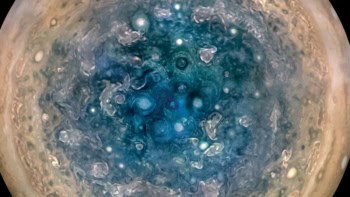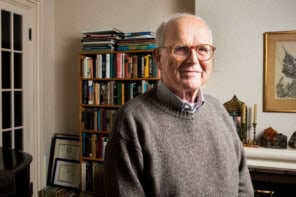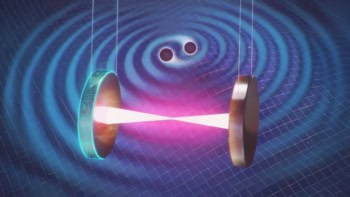American astronomers may have taken the first photograph of a planet outside our solar system. Susan Terebey of the Extrasolar Research Corporation in California and colleagues used the Hubble Space Telescope to photograph the object 450 light-years away in the Taurus constellation. Previous discoveries of extrasolar planets have relied on 'indirect' evidence such as the gravitational influence of the planet on its parent star. The findings will be presented at the American Astronomical Society meeting in San Diego next week.
Terebey and colleagues believe that the new planet was in orbit around two stars – TMR-1A and -1B – before it was ejected by a gravitational slingshot mechanism. The planet then created a “light tube” as it burrowed through the dust clouds surrounding the binary star system. It was this light tube that attracted attention to the object. Terebey and colleagues estimate that TMR-1C, as the new planet is called, was ejected between several hundred thousand to several million years ago. If it was ejected only 300000 years ago, then TMR-1C would be 2-3 times the mass of Jupiter. However, if it is much older, then it is more likely to be a brown dwarf – that is, a failed star. There is also a 2 percent chance that TMR-1C is a background star and not related to any of the stars in the photograph. If TMR-1C is indeed a planet then its discovery has big implications for theories of planetary formation. Until recently it was assumed that planets took a long time to form after the central stars were created. This latest discovery suggests that more recent theories – with rapid planetary formation – may be correct. “This provides valuable new clues to the origin of our Solar System, ” says Terebey. According to Ed Weiler of NASA: “If the planet interpretation stands up to the careful scrutiny of future observations, it could turn out to be the most important discovery by Hubble in its eight-year history.”



